Research Areas
Research Center for Additive Joining Application (RAJA)
Dept. of Green Additive Manufacturing
As environmental and energy problems become more serious on a global scale, we are engaged in research and development of green process technologies that greatly reduce the environmental load. In particular, we are focusing on nano- and micro- particles, which work as the functional elements, and are developing their bottom-up synthesis methods and methodologies for assembling them as building blocks in the desired two-dimensional and three-dimensional shapes. In addition, the green process technologies developed in this research field are used to create materials and devices related to the environment and energy field.
1. Green syntheses of nano- and micro-particles using phase interfaces with water
2. Green additive manufacturing by fi ne particles to stimulate dynamics in pores
3. Energy conversion using nano- and micro-particles
4. Development of recycling and environmental purification technology using multi-dimensional particles
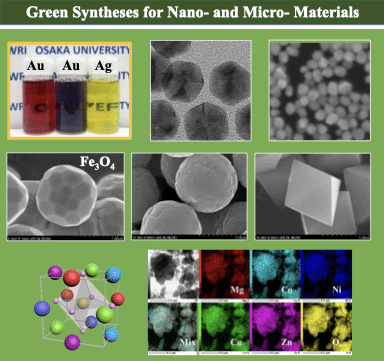
(Top) Reductant free synthesis of metal nanoparticles
(Middle) Shape-controlled synthesis of oxide particles
(Bottom) Synthesis of high entropy nanomaterials
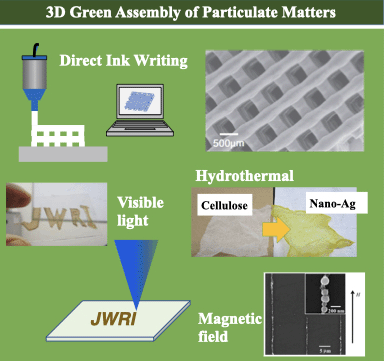
(Top) Direct Ink Writing of NP ink
(Left-bottom) Visible-light induced patterning of metal NPs
(Right-central) Hydrothermal coating of metal NPs
(Right-bottom) Magnetic Self-assembly of NP
Members
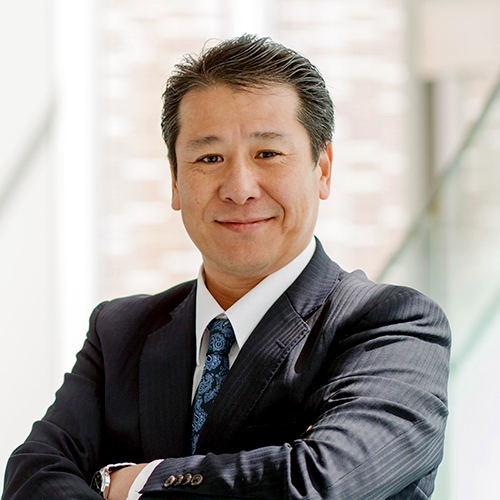
Prof.
H. ABE
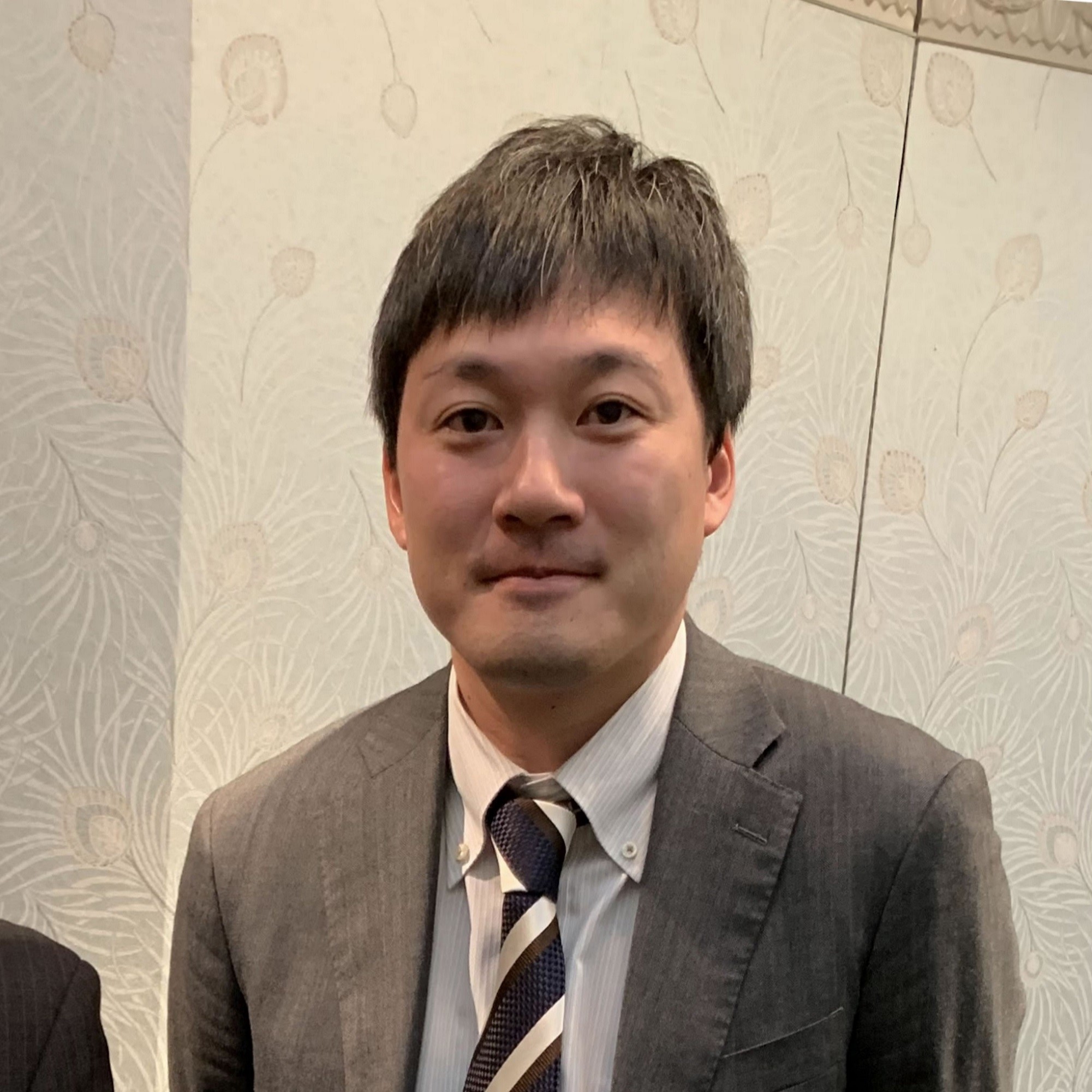
Assist. Prof.
T. KOZAWA
Research Center for Additive Joining Application (RAJA)
Dept. of Lithographic Additive Manufacturing
Lithographic Additive Manufacturing (AM) is a newly developed novel process for creating three-dimensional (3D) structures using two-dimensional (2D) layer laminations. In this process, nanomaterials of metals and ceramics are dispersed into resin paste to be used in the original AM processes. In substrate techniques, a high power laser beam is scanned on a spread paste for 2D layer drawing and 3D structure forming. In deposition techniques, the paste is introduced into a high-temperature plasma or gas flame for 2D cladding and 3D patterning. The energy control structures created (i.e., magnetic devices, power modules, heat convertors, acoustic modulators, and vibration absorbers) and material control structures (i.e., fluid filters, grinding tools, and biological implants) will contribute to sustainable development.
1. Stereolithographic Additive Manufacturing of Metal and Ceramic Parts Using Nanoparticles Pastes
2. Structural Fabrication of Photonic Crystals with Diamond Structures for Terahertz Wave Control
3. Modulation of Micro Porous Structures in Biological Ceramic Implants for Artificial Metabolism
4. Manufacturing of Micro Metal Lattices for Effective Controls of Heat Flow and Stress Distributions
5. Advance Development of Thermal Nanoparticles Spraying for Additive Manufacturing Technique
6. Fine Separator Formation in Solid Oxide Fuel Cells by Using Thermal Nanoparticles Spraying
7. Fine Ceramic Coating with Thermal Conductivity and Corrosion Resistance for Heat Exchanger Tubes
8. Layer Laminations by Fine Particles Spraying and Sintering to Create Functionally Graded Structures
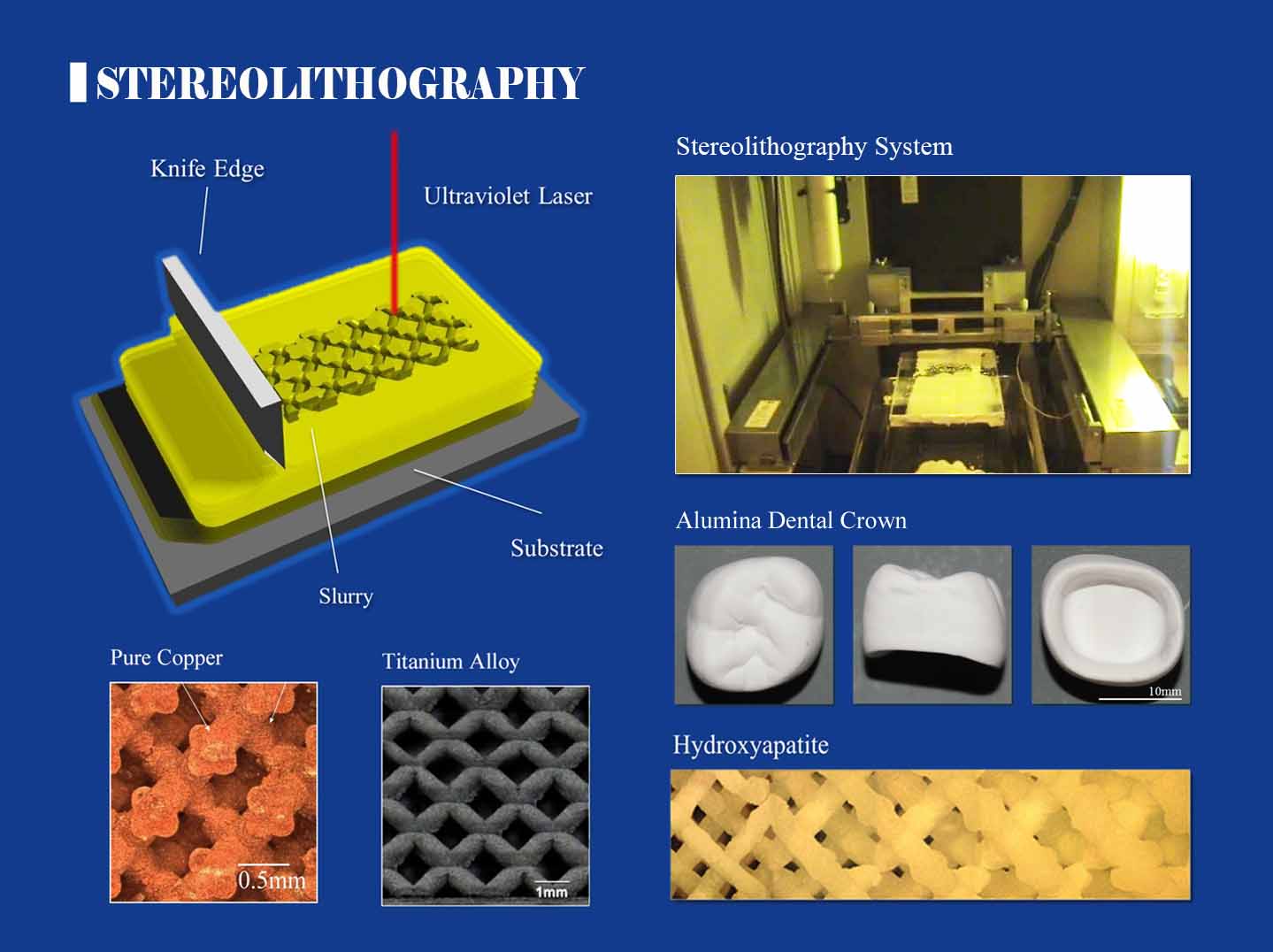
Laser Scanning Stereolithography of Additive Manufacturing to Fabricate Bulky Metal and Ceramic Components with Micro Geometric Patterns
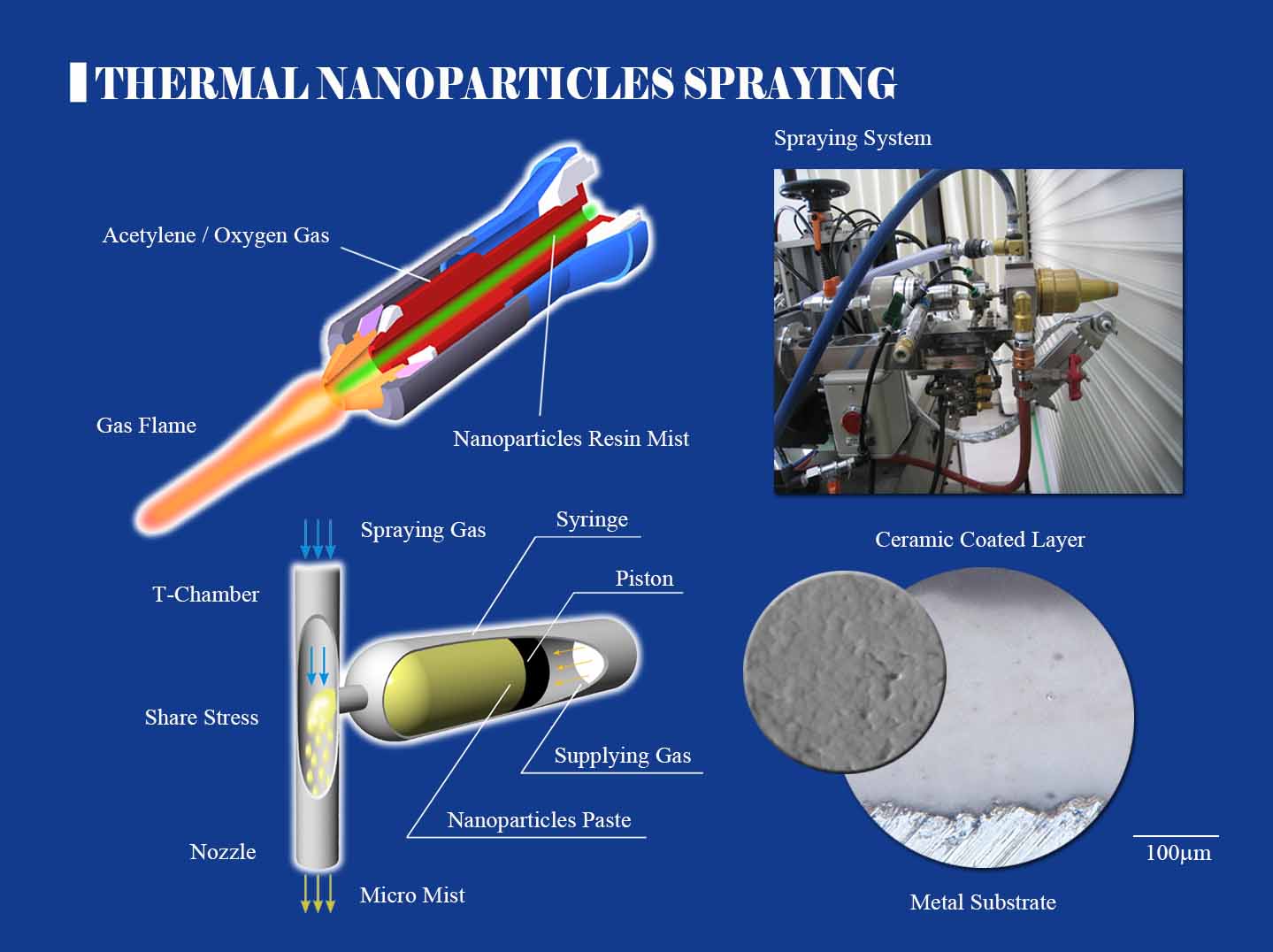
Thermal Spraying Using Fine Particle Pastes to Laminate Metal and Ceramic Coated Layers with Functional Nano/Micro Structures
Members
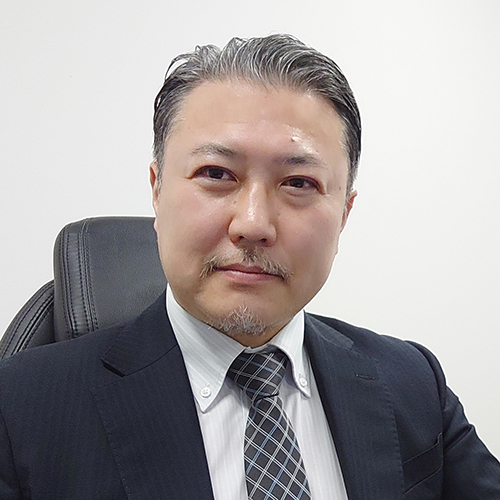
Prof.
S. KIRIHARA
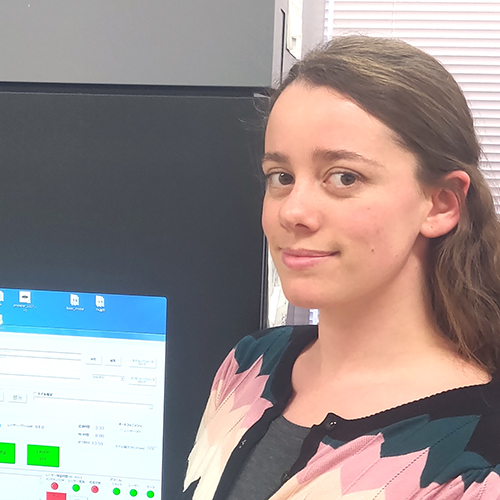
Assist. Prof.
F. SPIRRETT

S. A. Prof.
S. Fujimoto
Research Center for Additive Joining Application (RAJA)
Dept. of Additive Manufacturing Mechanism
In the quality improvement of additively manufactured (AM) metal components with 3D complex shape, it is necessary to establish a fundamental theory of the alloying design and process optimization to control microstructures and crystal orientation through understanding additively manufacturing mechanism based on a rapid solidification of metal powder and thermal cycle effects. This department focuses on research projects regarding the formation mechanism of ultrafine microstructures and supersaturated solid solution by rapid solidification process and mechanical behavior in multiscale analysis of selective laser melted (SLMed) materials.
1. Formation mechanism of unique microstructures and orientations of SLMed titanium alloys
2. High-strengthen metal matrix composites fabricated by SLM proces
3. High strengthening mechanism of titanium alloys by bulk alloying in SLM process
4. Deformation behavior of Gyroid scaff olds SLMed alloys and impact energy absorption performance
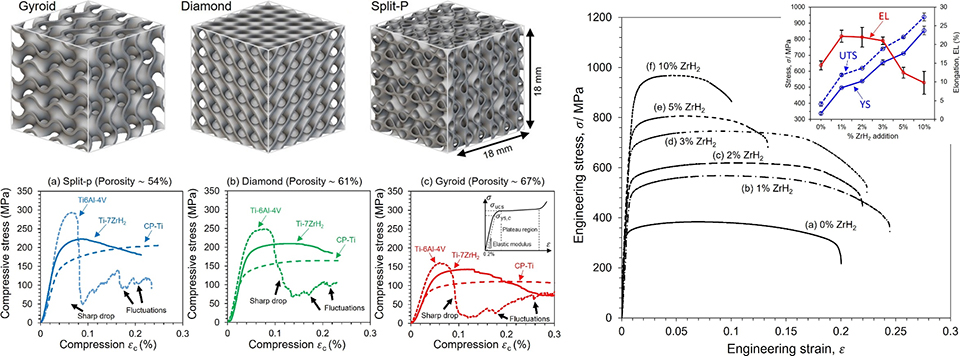
Compressive stress-strain curves of fabricated CP-Ti, Ti-6%Al-4%V, and Ti-7%ZrH2; (a) split-p, (b) diamond, and (c) gyroid TPMS lattice struc-tures, and stress–strain curves of LPBF-fabricated Ti with ZrH2 additions of (a) 0%, (b) 1%, (c) 2%, (d) 3%, (e) 5%, and (f) 10%.
A. Issariyapat, et al., Additive Manufacturing, 73 (2023) 103649.
Members
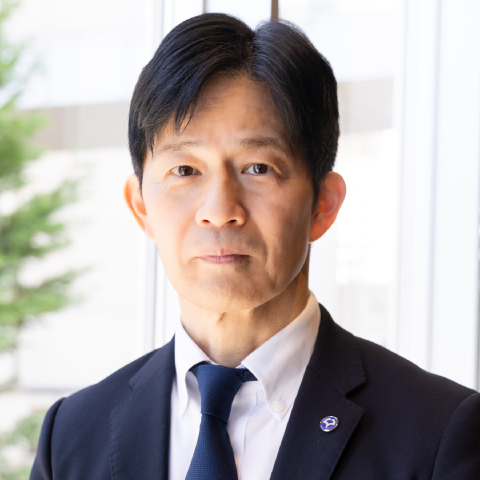
Prof.
K. KONDOH
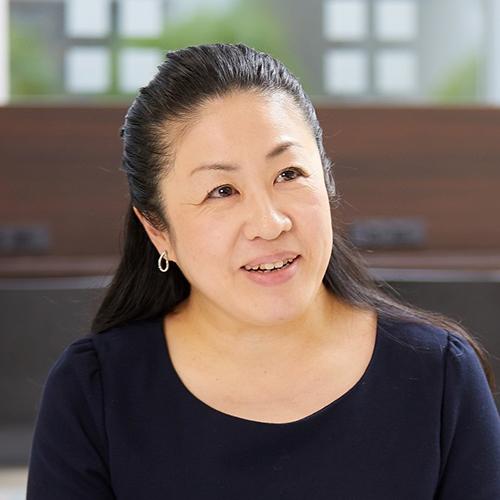
Prof.
J. UMEDA
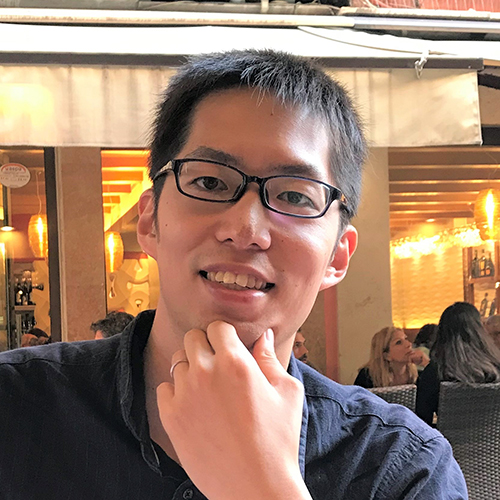
Assoc. Prof.
S. KARIYA
Research Center for Additive Joining Application (RAJA)
Dept. of Laser Additive Manufacturing
In this department, fundamental studies on laser additive manufacturing (LAM) are performed and apparatuses for LAM are developed. In particular, the apparatuses installed with high power blue diode lasers are also developed since those lasers enable stable and high efficient melting of metal materials such as copper. Furthermore, in order to realize high-quality and high-speed LAM, we will experimentally and theoretically proceed with the analysis of the melting and solidification process of the material by laser irradiation. Utilizing the obtained knowledge, we will work on the creation of innovative LAM processes and the development of equipment and promote their social implementation.
1. Development of additive manufacturing technologies with blue laser
2. Elucidation of laser interaction with metal powders for LAM
3. Creation of new function by laser metal deposition
4. Elucidation of melting and solidifi cation phenomena in LAM process
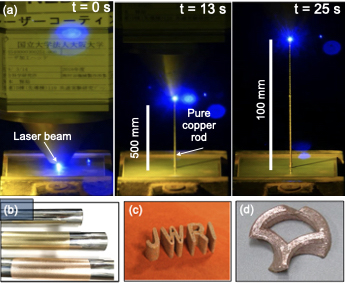
Additive manufacturing of copper using blue diode laser
(a)3D rod formation
(b) Microcoating of copper alloy
(c) JWRI logo by SLM
(d) Osaka University's school emblem by SLM
Members
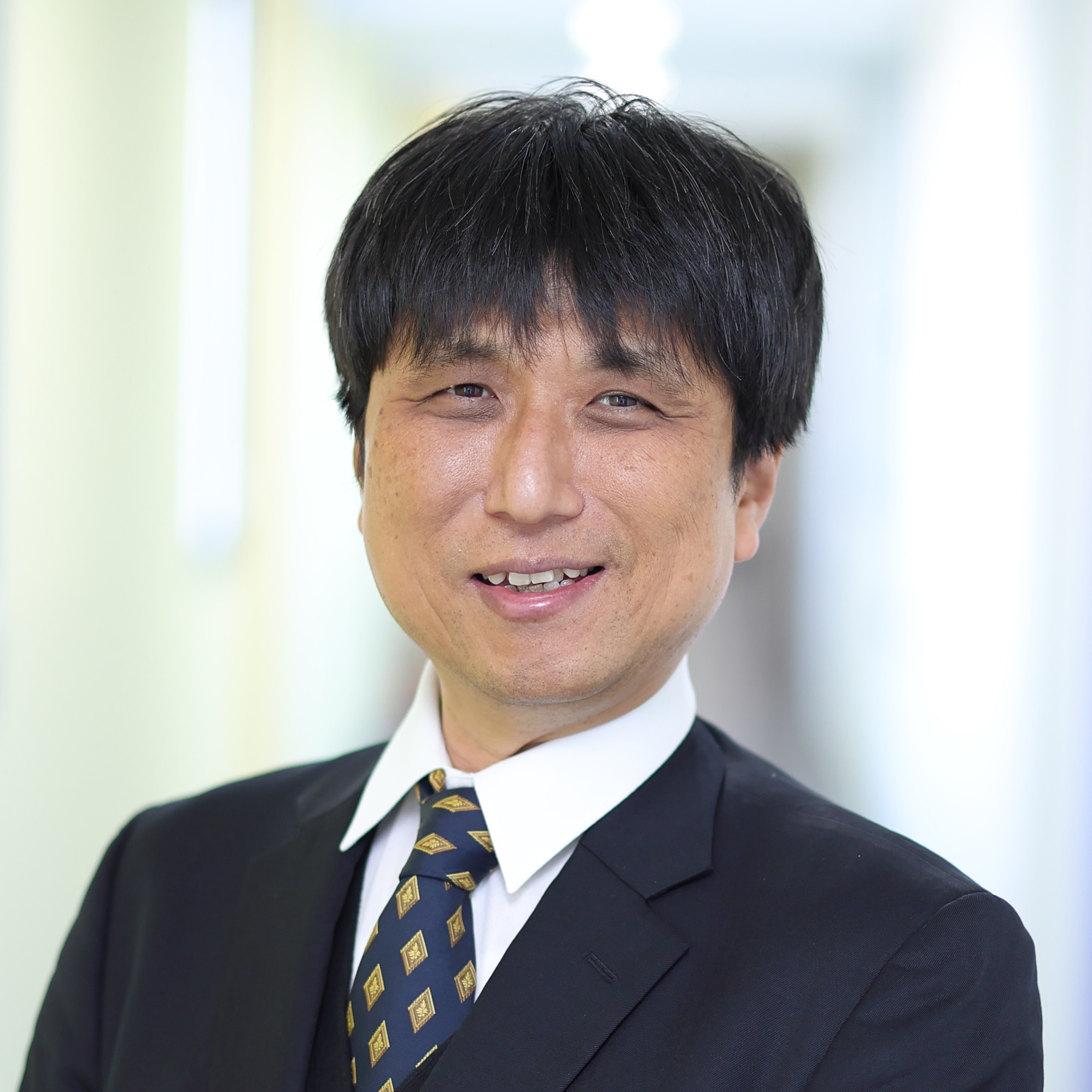
Prof.
M. TSUKAMOTO
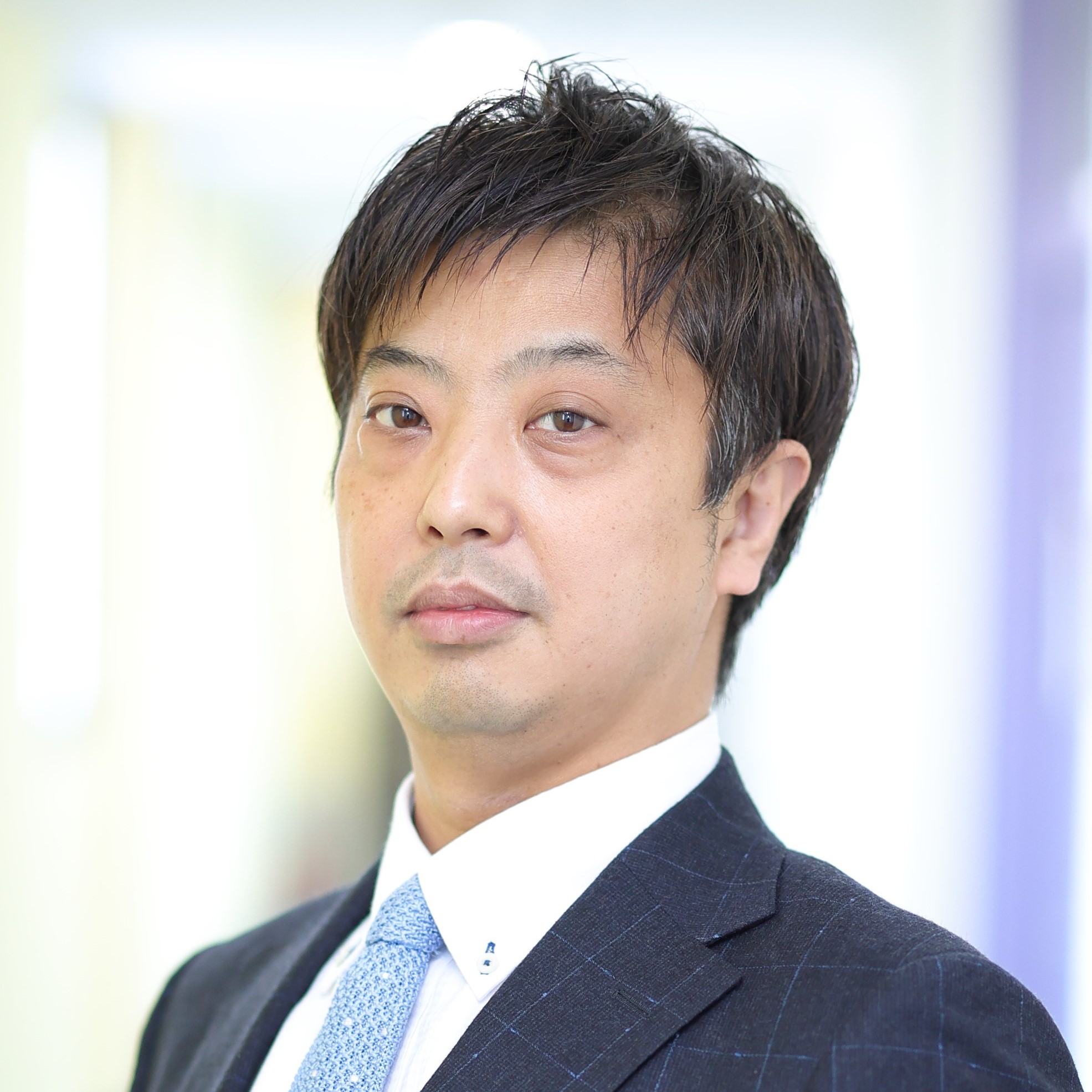
Assoc. Prof.
Y. SATO
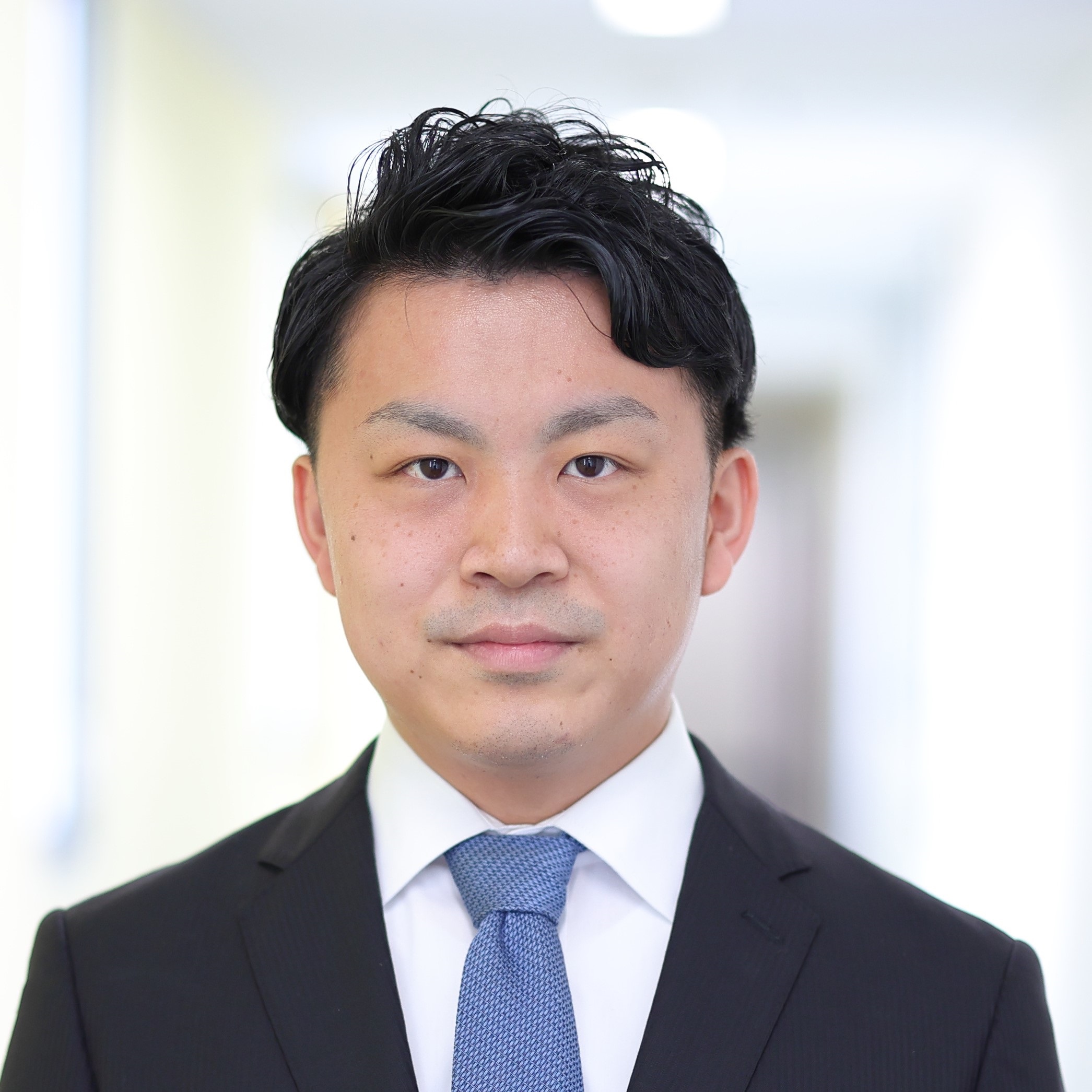
Assist. Prof.
K. TAKENAKA
Research Center for Additive Joining Application (RAJA)
Dept. of Advanced Additive Manufacturing
In the Department of Advanced Additive Manufacturing, renowned researchers from Japan and abroad are invited by the management committee of the Research Center for Additive Joining Application (RAJA). The main goal is to introduce scientific knowledge and practical technologies to drive innovative developments of novel processes in this research area. A wide range of materials are considered for processing, such as various metals including special alloys, and inorganic composites such as functional ceramics. Furthermore, welding heat sources including laser, arc, and plasma will be practically used in the manufacturing processes, and solid-phase and chemical joining methods such as powder sintering and photo-polymerization will be actively considered.
1. Novel Design in Additive Manufacturing
2. Characterization Tools for Materials and Processes
3. Multi Materials and Hybrid Techniques
4. Qualification, Certification, Standards, and Property Database
5. Innovative Applications of Additive Manufacturing Components
6. Powder Bed Fusion / Selective Laser Sintering
7. Vat Photopolymerization / Substrate Stereolithography
8. Laminated Object Manufacturing / Green Tape Stacking
9. Material Extrusion / Fused Deposition
10. Binder Jetting / Solid Printing
11. Direct Writing / Ink Jet Printing
Members
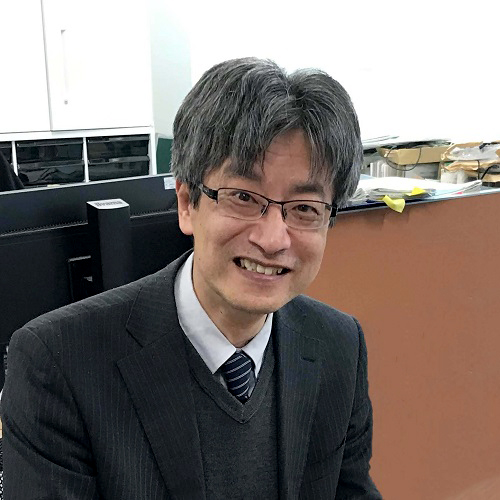
Prof.
H. FUJII
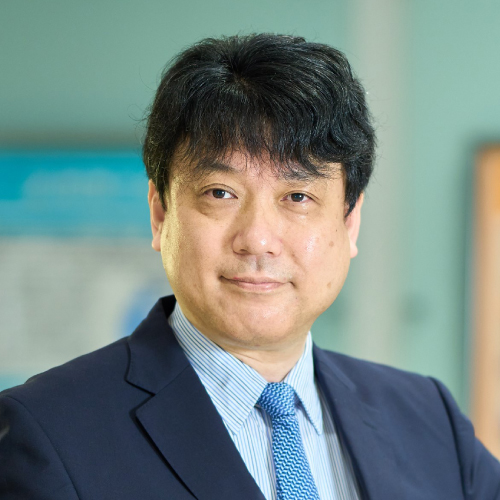
Prof.
T. NAKANO

G. Prof.
A. B MURPHY
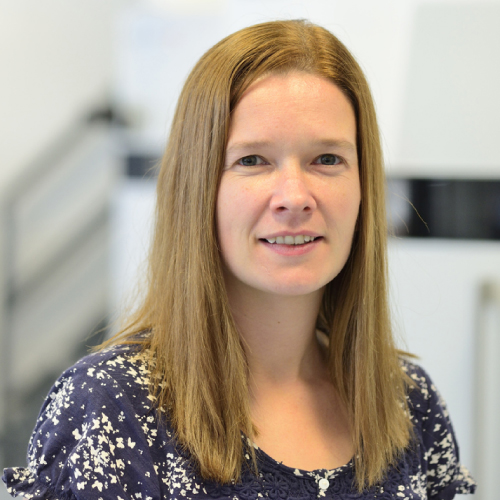
G. Prof.
R. GOODRIDGE
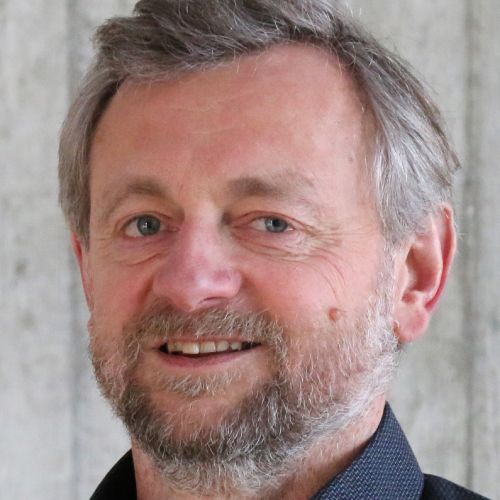
G. Prof.
S.F. GOECKE
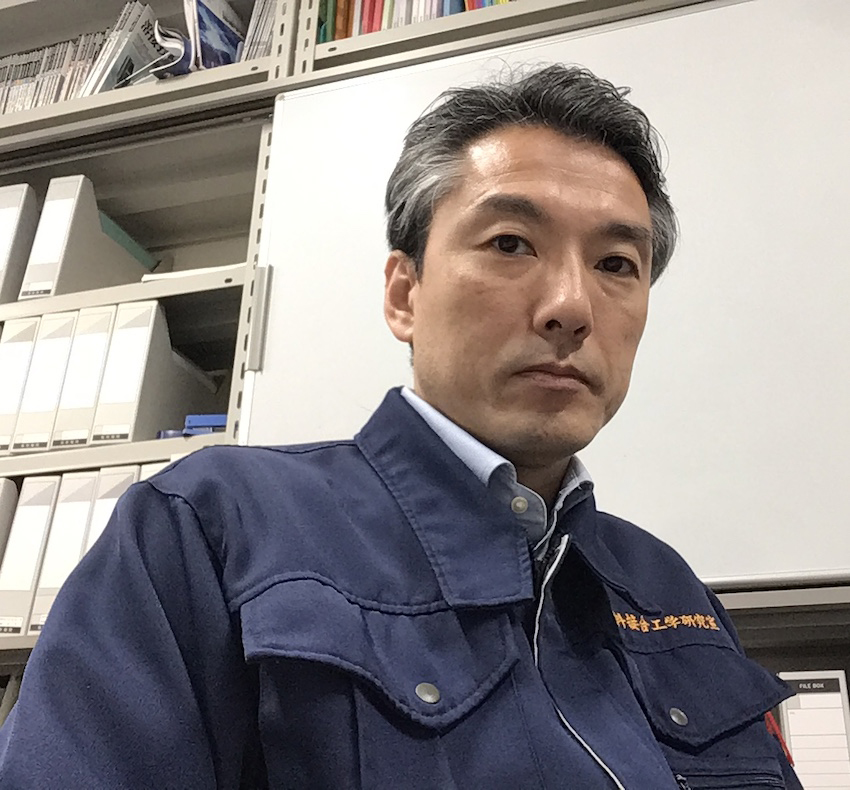
G. Prof.
M. YAMAMOTO
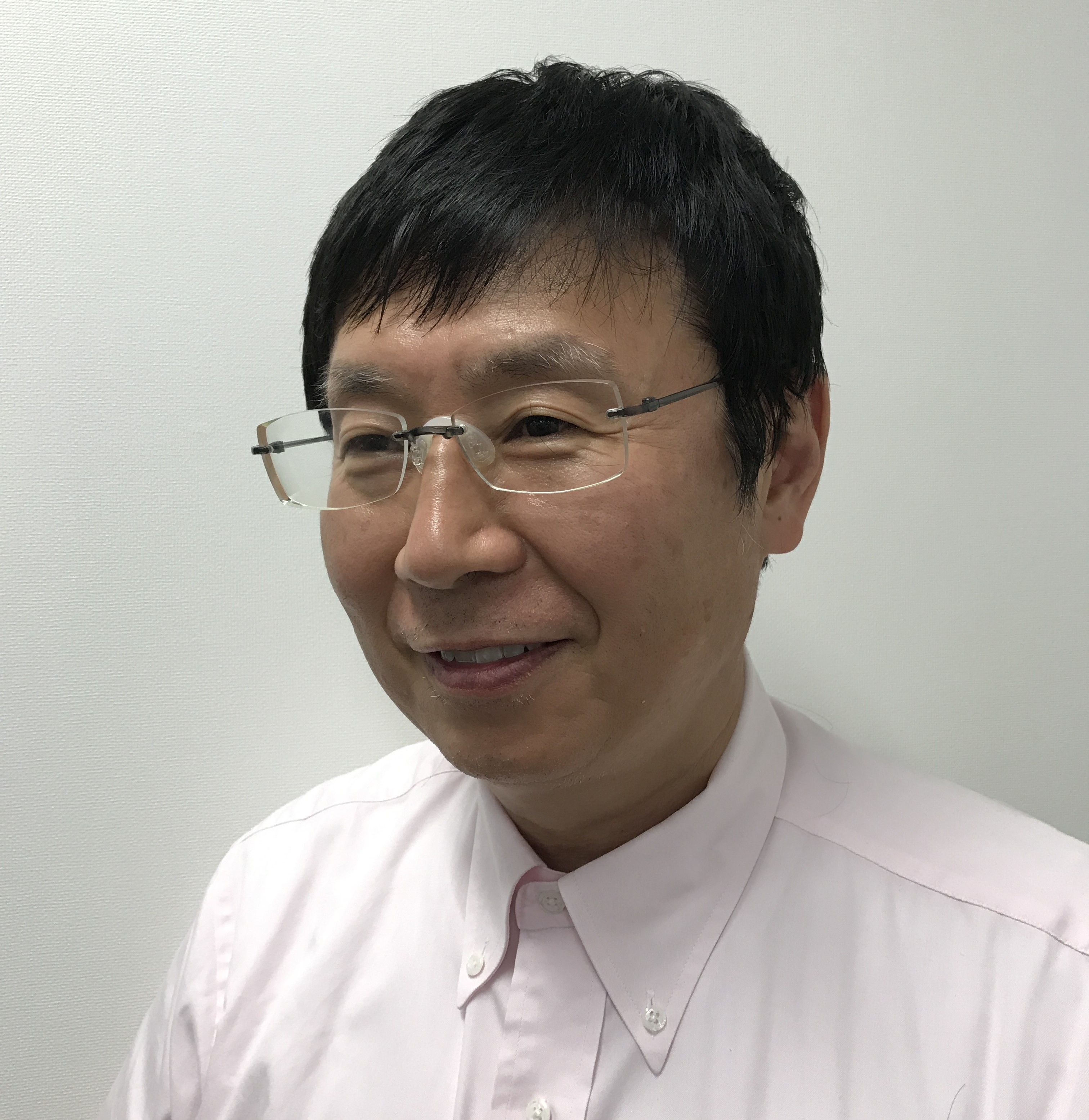
G. Prof.
S. NISHIWAKI
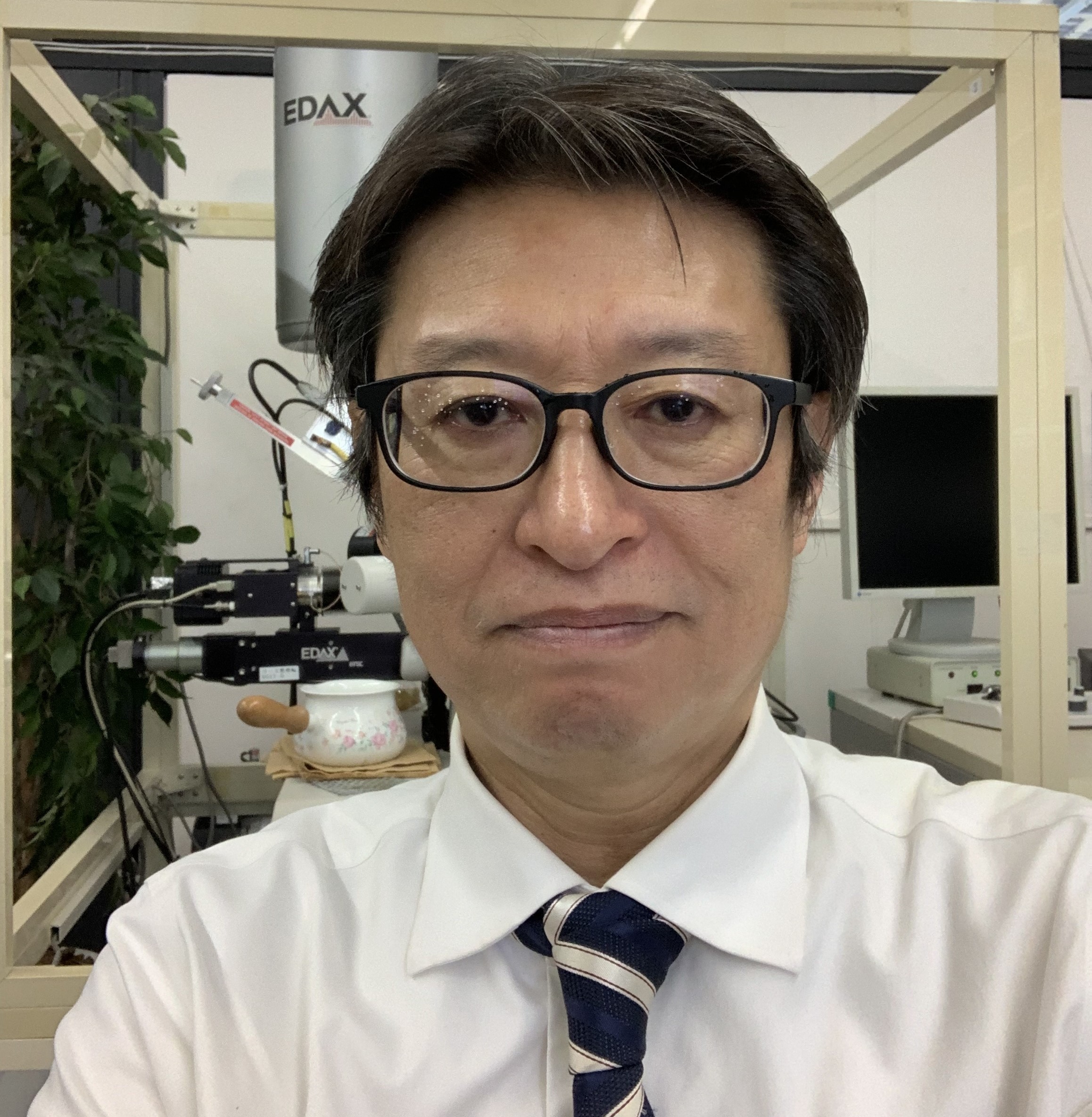
G. Prof.
M. YOSHIDA
Research Overview
Research Division of Materials Joining Process
Research Division of Materials Joining Mechanism
Research Division of Materials Joining Assessment
Research Center for Additive Joining Application (RAJA)
Strategy Office for Promotion of Inter-Institute Collaborations
Joint Interface Microstructure Characterization Room
Global D&I Promotion Office
New Normal Manufacturing Consortium Office
Research Alliance Laboratories
Joint Research Chair
International and Industry-academia Joint Research Center